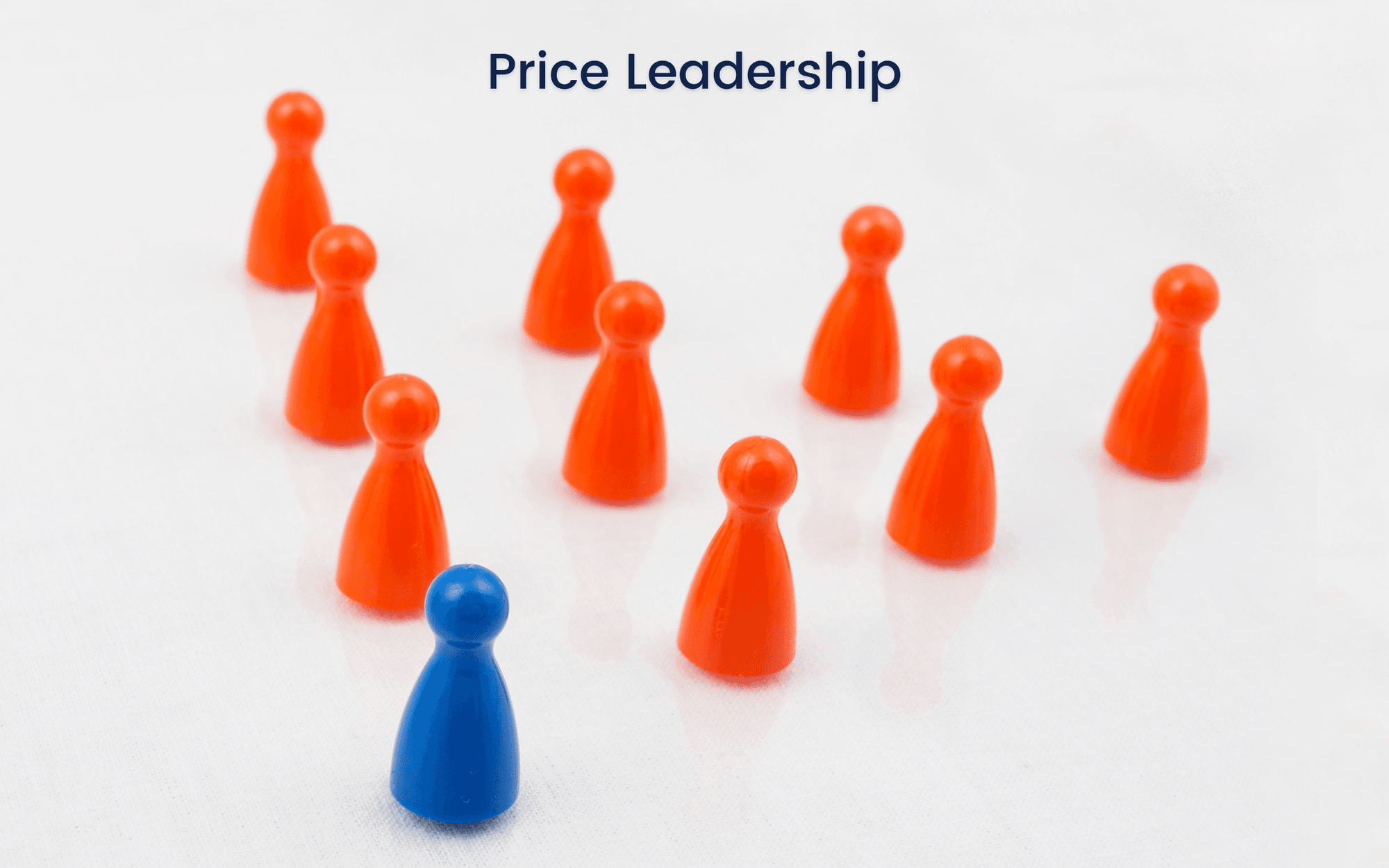Pricing is one of the most crucial aspects of a firm’s pricing strategy. The target segment and the market share that a firm desires determine the price of a product. Price leadership is most prevalent when there is a lack of differentiating factors in the offerings present in the competitive landscape. This causes the consumer to choose the lower-priced products or services typically.
This article explores the phenomenon of price leadership and its adoption amongst diverse industries.
What Is Price Leadership?
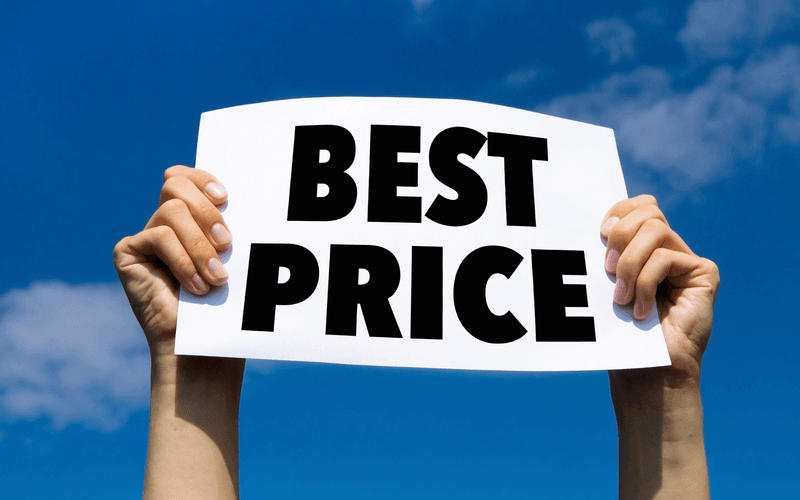
When a leading firm or industry decides the price of its goods and services, which eventually affects and influences the entire market, it is known as price leadership.
The industry that decides the prices is referred to as the price leader.
The rivals in the same sector have to follow the price leader in setting their prices. This occurs as the large leader firm leaves little to no options for its rival companies other than to match the prices for similar offerings.
The dominant company decides the prices, which the rest of the market follows suit.
Price Leadership is a practice that is common in large enterprises. This benefits the company that is setting the prices and increases the competition between the industries. This is a more common occurrence in industries that offer goods and services to the people.
Such industries include airlines, network operators, food industries, etc.
What are the Price Leadership Types?
Price Leadership can be classified into three main categories:
- Barometric
- Collusive
- Dominant
Barometric
In a Barometric price leadership, a firm researches and identifies any shifts/changes in the production costs. With the shift in production costs, the company may likely change its products price.
The firm acts as a Barometric price leader.
If the price sustains in the market similar, other companies and firms will change their costs, making the market force efficient and promoting competitiveness among similar brands.
Collusive price
On the other hand, Collusive Price leadership is a mutual agreement between big firms, and their deal tends to align the costs. Small firms have to follow these changes initiated by the big firms to sustain.
The same deceitful price leadership can turn out to be illegal if the agreement harms and defrauds the customers in any way.
If changes in operating costs do not match the product’s price, the practice is considered illegal.
Dominant
When one firm controls/dominates the majority of the market share, the dominant firms reduce prices to a level that makes it hard for small businesses to survive.
While smaller firms can not influence prices, it becomes nearly impossible for them to continue.
In many countries, these kinds of exploitative practices are illegal.
How Does Price Leadership Work?
Sectors with similar services usually have marginal differences among the companies.
When there is a high demand for the same or specific product, companies tend to set a price that would bring and attract customers towards their company. Thus, a product in high demand by the customers becomes the market leader.
The dominant company usually cuts its lowered production costs which eventually reduces the product’s price.
The market share of other companies is reduced based on their interest in changing the production costs.
What Are the Reasons For Price Leadership?
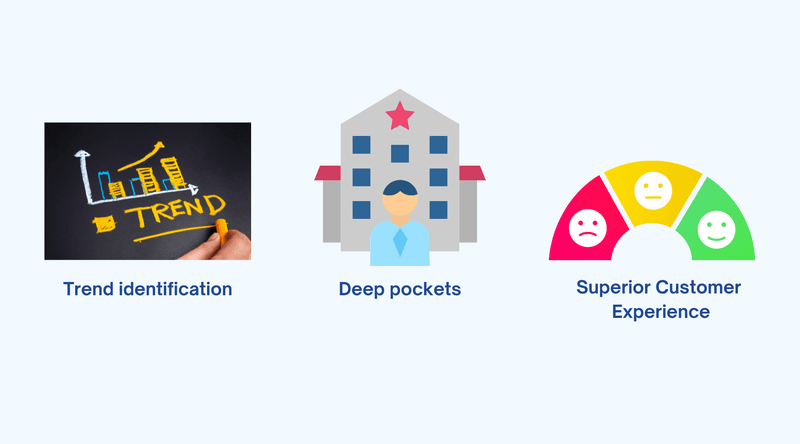
Companies adopt price leadership for one or more of the following reasons:
Trend Identification
Firms could identify consumer trends that offer them the competitive edge and hence allow them to set the prices to account for those trends.
Deep Pockets
Some large enterprises enter new markets solely to acquire the most extensive customer base. Their commanding presence in other territories and diverse offering gives them plenty of time to bear losses.
Superior Customer Experience
Firms that focus on elevating the customer experience from decision-making to post-sale customer support tend to charge a premium for the quality of their goods or services.
Advantages of Price Leadership
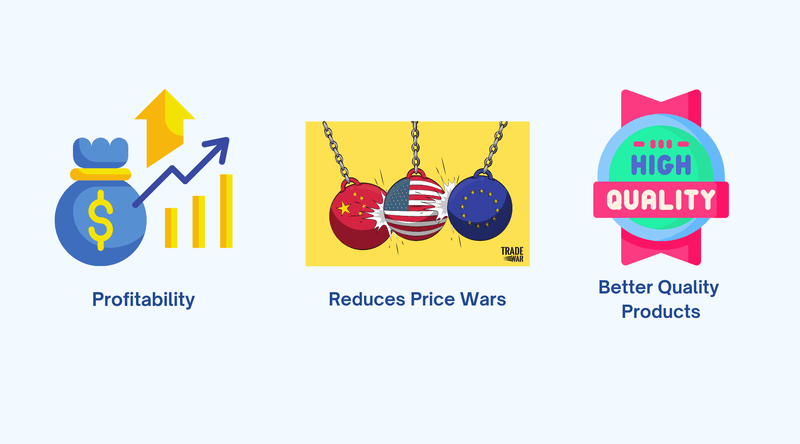
Profitability
When a company emerges as a price leader within a market, other companies within the same industries tend to follow the price leader. If the other companies follow the higher prices set by the price leader, it benefits all the producers until the demand remains steady in the market of that specific product.
Reduces Price Wars
Due to the parallel pricing structure, all similar industries follow the coordinated price tags. The price gap between different companies does not increase because of this.
This set structure does not harm and benefit one specific company. Price leadership helps form a positive and healthy environment and ensures their growth.
Better Quality Products
When the price leadership fixes a price along with profit, the leadership and the rivalries try to deliver more value to its customers.
This ensures not just inexpensive products for the customers but also quality products.
Companies try to develop new product designs to increase their ability to generate revenue and quality products that might not be able with their rival companies.
Disadvantages of Price Leadership
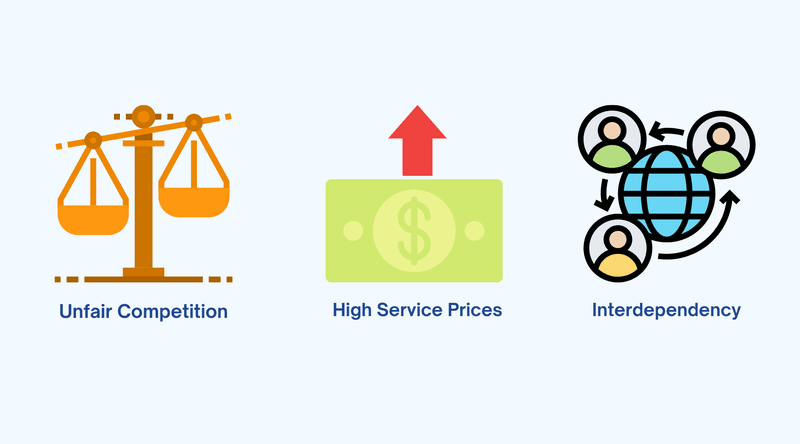
Unfair Competition
There tends to be a discrepancy between the price leadership model and its other operating firms.
If the production cost is lower for the price leader than its other operating firms, the price leader will reduce the cost price.
This will negatively affect the other firms as they will have to reduce the prices and follow the set price leadership.
This will result in a loss of revenue and profit generation for small firms as their production costs remain higher than the price leadership.
High Service Prices
The price leadership set by the leader benefits the companies instead of the consumers, whether it is collusive, Barometric, or dominant price leadership.
If the set prices are regulated at a higher price, the consumers will need to pay, increasing the company’s revenues.
The exact process is followed by similar companies, making it profitable for both the price leadership company and its rivalries.
Interdependency
With the emergence of the price leadership industry, other companies are forced to follow the set price of the price leader, which makes them dependent on them.
The price leadership does not let the other companies develop new prices. The leadership does not even let the other companies run on their own because it can create a considerable gap within different companies.
The monopoly pressure of the big companies forces the small firms to work on the set prices, which sometimes eventually kicks them out of the markets.
Choosing the Right Price Leadership Strategy
Depending on the type of firm/company you work for, you can decide your priorities accordingly. You can choose to have price leadership and use it as a growth strategy for your company.
Price leadership can positively benefit your company and generate revenue if used wisely.
What will be the leading factors that will decide what kind of price leadership you should opt for in your business?
Factors Determining Price Leadership Strategy
Pricing intelligently could be a factor while choosing price leadership for your business. With the help of a pricing strategy, you can get a pricing structure that would help you lower the prices while making a profit.
Intelligent pricing, therefore, can be used with Barometric price leadership, which will cut the excess production cost of a product.
Changing the prices significantly lowers them attracts customers towards the specific product. Therefore Barometric price leadership can be used as a business strategy for large firms and industries where there’s scope to lower prices while making a profit.
Likewise, the localization of products as per the location also provides in establishing themselves as a leader.
A collusive price leadership strategy can be used by small-scale companies as well. By choosing a Collusive plan, the small production companies can align their prices with each other.
In this way, price localization comes in handy as it will help align the prices according to the places. This strategy will ensure profits and will not harm the growth of other businesses.
The same goes for large firms, which does not increase the price gap between similar industries.
Both small and large business firms can adopt dominant leadership. To become a dominant price leader, you need to understand the market better.
Analyzing and monitoring your competitors is another important factor for leading in the market. To emerge as a leader and be ahead of the curve, you need to get the insights.
The insights will help you fix a price before others and allow you to become a price leader.
In Conclusion
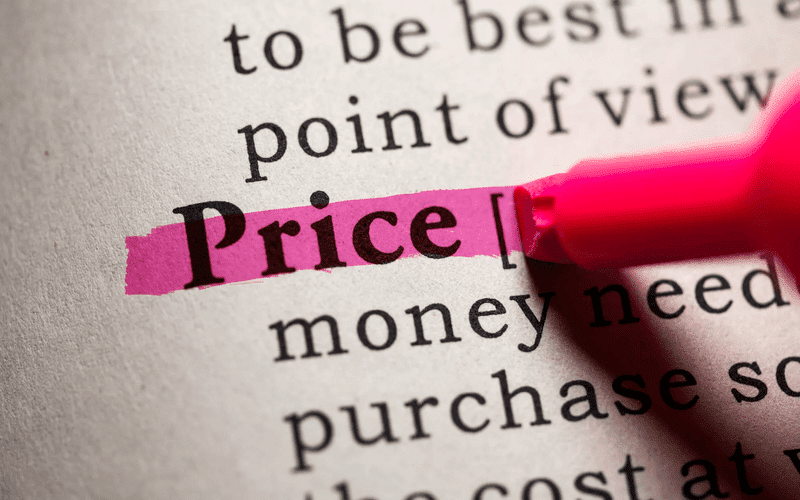
Price leadership is a profitable business growth strategy that can develop your business if used correctly.
The various types of price leadership partially benefit both the businesses and the customers.
It ensures healthy competition between the firms and affects the mechanisms of the different businesses. It involves profitability and stops any illegal activity that can harm the customers.
Price leadership is a science, a growth strategy that is made keeping in mind both the customers and businesses at the same time.

Ranu Kumari is a Professional Writer and a Marketing enthusiast who currently runs her own Marketing Consultancy, LatitudeBOX. She has written promotional articles for multiple brands and has published her work in Scopus indexed journals. She is passionate about expressing her thoughts and ideas to connect with her readers in a voice that they understand.
